- Joined
- Dec 13, 2015
- Messages
- 142
- Reaction score
- 482
RAE Bedford
Brief history taken from RAE Bedford - The Beginning
The wind tunnel provision consisted essentially of four large high-quality research facilities, which would allow the
testing of aircraft configurations and components at speeds from around eighty miles per hour up to a Mach number of 5, or five times the speed of sound. These were (in order of completion) the 3x3 supersonic tunnel, the 13x9 low speed tunnel, the 8x8 supersonic tunnel, and the 3x4 high supersonic speed tunnel (HSST). The numerals identify the working section dimensions in feet, width by height. The 8x8 and the 3x4 were the largest tunnels in their Mach number range in Western Europe. A low speed tunnel was also provided specifically to study the spinning characteristics of aircraft, which was a little understood phenomenon at the time. This Vertical Spinning Tunnel (VST) and the 13x9 low speed tunnel are still in use, the VST for skydiving and the 13x9 for the development of racing cars by Red Bull. A number of small tunnels were also built to provide for aerodynamic studies of a more fundamental nature.
These tunnels were fully utilised and served for the whole second half of the twentieth century and virtually every British aircraft project, and many from overseas, benefited from their advanced aerodynamic capabilities and from the quality and knowledge of the scientific, engineering and industrial people who staffed them. The contribution of the National Aeronautical Establishment (later the “Royal Aircraft Establishment Bedford”) to both the Nation’s security and to its industrial wellbeing was outstanding. Its legacy will continue to be felt and valued well into the twenty-first century.
Over a period between 1970 and 1972 a group of aerodynamics staff moved from the National Physical Laboratory (NPL) Teddington to RAE. The group that moved was largely the High Speed Aerodynamics Group of the NPL Aerodynamics Division. About 10 people moved to Bedford. The intention was that the high speed tunnels at Teddington would be dismantled and rebuilt, and the staff would go with them. In the event, although a lot of money was spent on design-studies for this purpose, no tunnels were ever rebuilt.
The Explore
So we set off on a dreary Sunday Afternoon in search of some wind tunnels in the Bedfordshire countryside, we being myself and 3 non-members. When we got there, we quickly found there were actually rather a lot of cars parked up in the carpark, it should be noted that this site is very much still active, being used for industrial and commercial activities. We sneaked away from the beaten path to have a look around, it was all pretty secure so only external shots I'm afraid (Monkeymutt how did you get in!?!)
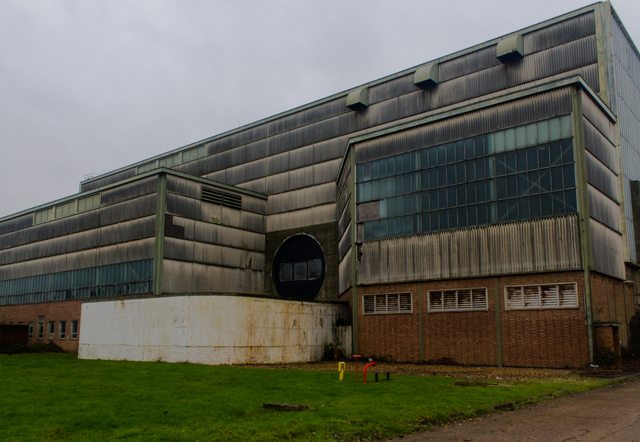
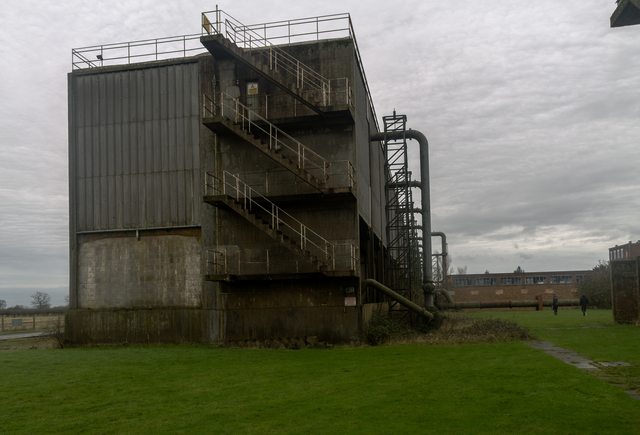
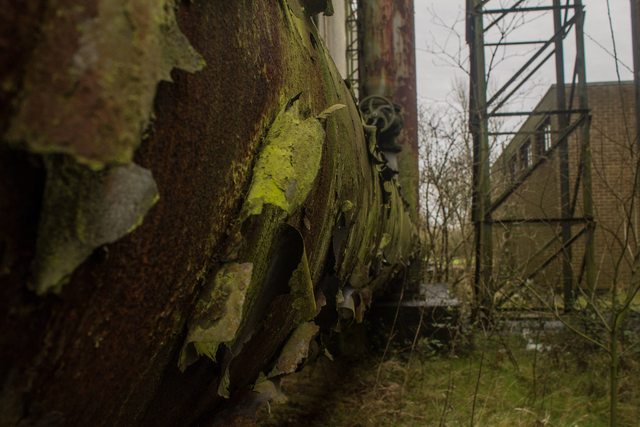
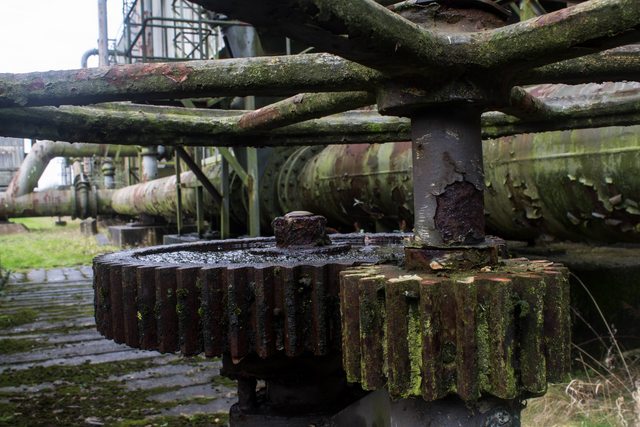
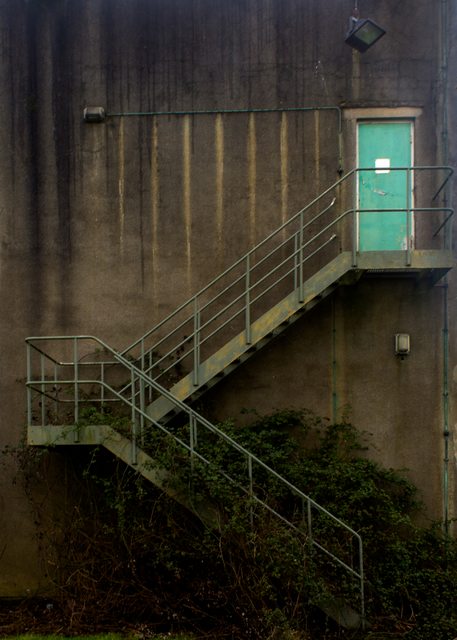
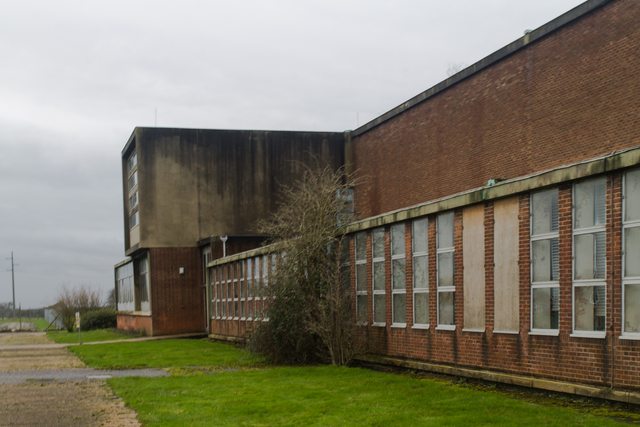
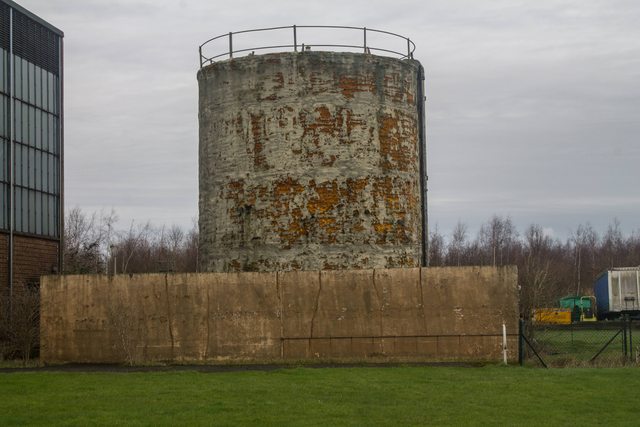
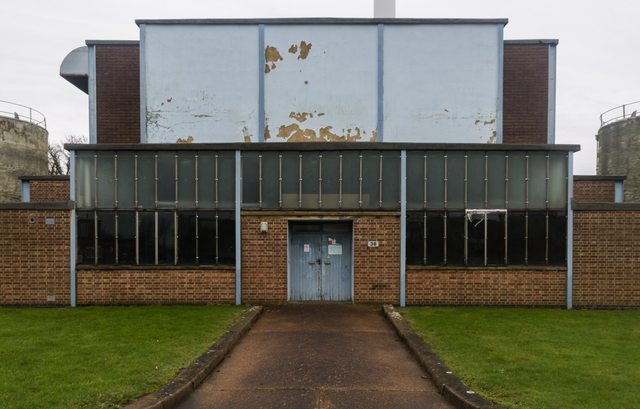
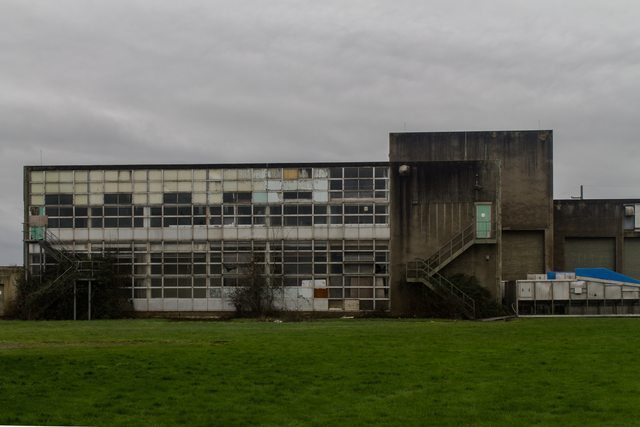
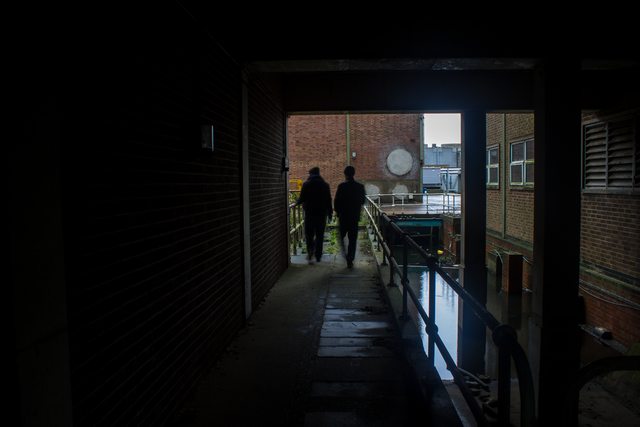

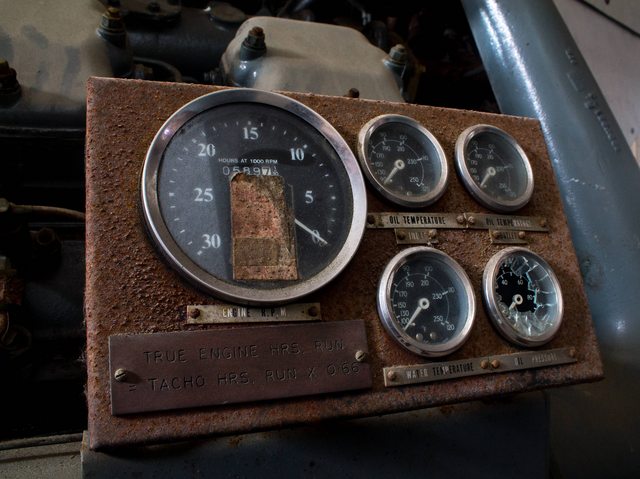
Deciding to head off to location number too, we headed back to the car, driving past a rather stern looking man in a high vis vest, the ‘Site Manager’ I presume. When we reached the security gate we realised they had put the barriers down and the guard was on the phone to the site manager. We were told to wait for him to get back as he wanted to “have a chat” with us. I wasn’t too happy about this and asked him what about but he was keeping quiet. A car pulled up to the entrance gate and what happened next was probably the funniest moment I have experienced whilst Urbex Adventuring… he opened the wrong gate. In a cloud of tire smoke and laughter we were through the gate, shouting “Bye then!” to the gesticulating security man, and we were off to Bletchley Park for Adventure no. 2. I hope the Site Manager wasn’t too hard on the Guard..
Brief history taken from RAE Bedford - The Beginning
The wind tunnel provision consisted essentially of four large high-quality research facilities, which would allow the
testing of aircraft configurations and components at speeds from around eighty miles per hour up to a Mach number of 5, or five times the speed of sound. These were (in order of completion) the 3x3 supersonic tunnel, the 13x9 low speed tunnel, the 8x8 supersonic tunnel, and the 3x4 high supersonic speed tunnel (HSST). The numerals identify the working section dimensions in feet, width by height. The 8x8 and the 3x4 were the largest tunnels in their Mach number range in Western Europe. A low speed tunnel was also provided specifically to study the spinning characteristics of aircraft, which was a little understood phenomenon at the time. This Vertical Spinning Tunnel (VST) and the 13x9 low speed tunnel are still in use, the VST for skydiving and the 13x9 for the development of racing cars by Red Bull. A number of small tunnels were also built to provide for aerodynamic studies of a more fundamental nature.
These tunnels were fully utilised and served for the whole second half of the twentieth century and virtually every British aircraft project, and many from overseas, benefited from their advanced aerodynamic capabilities and from the quality and knowledge of the scientific, engineering and industrial people who staffed them. The contribution of the National Aeronautical Establishment (later the “Royal Aircraft Establishment Bedford”) to both the Nation’s security and to its industrial wellbeing was outstanding. Its legacy will continue to be felt and valued well into the twenty-first century.
Over a period between 1970 and 1972 a group of aerodynamics staff moved from the National Physical Laboratory (NPL) Teddington to RAE. The group that moved was largely the High Speed Aerodynamics Group of the NPL Aerodynamics Division. About 10 people moved to Bedford. The intention was that the high speed tunnels at Teddington would be dismantled and rebuilt, and the staff would go with them. In the event, although a lot of money was spent on design-studies for this purpose, no tunnels were ever rebuilt.
The Explore
So we set off on a dreary Sunday Afternoon in search of some wind tunnels in the Bedfordshire countryside, we being myself and 3 non-members. When we got there, we quickly found there were actually rather a lot of cars parked up in the carpark, it should be noted that this site is very much still active, being used for industrial and commercial activities. We sneaked away from the beaten path to have a look around, it was all pretty secure so only external shots I'm afraid (Monkeymutt how did you get in!?!)












Deciding to head off to location number too, we headed back to the car, driving past a rather stern looking man in a high vis vest, the ‘Site Manager’ I presume. When we reached the security gate we realised they had put the barriers down and the guard was on the phone to the site manager. We were told to wait for him to get back as he wanted to “have a chat” with us. I wasn’t too happy about this and asked him what about but he was keeping quiet. A car pulled up to the entrance gate and what happened next was probably the funniest moment I have experienced whilst Urbex Adventuring… he opened the wrong gate. In a cloud of tire smoke and laughter we were through the gate, shouting “Bye then!” to the gesticulating security man, and we were off to Bletchley Park for Adventure no. 2. I hope the Site Manager wasn’t too hard on the Guard..

































